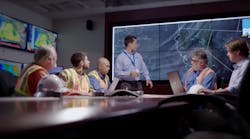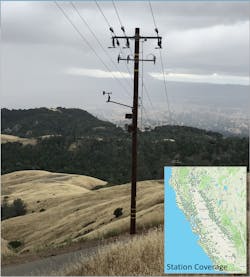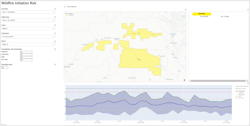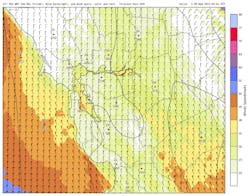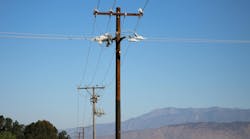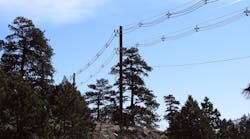How FPI Works
The FPI model features include the foundation of the fire behavior triangle (weather, fuels and topography) and novel features such as wind-terrain alignment and detailed fuel moisture by species and type. PG&E uses the FPI to modify operations, from adjusting work procedures for field personnel and the sensitivity of automatic devices to executing a public safety power shutoff, depending on the level of risk.
The FPI model is refreshed multiple times per day, whenever new forecast data sets are available and received. Running and processing these massive high-resolution data sets multiple times per day requires immense computing power and new modeling techniques to deliver timely data.
Other Variables
PG&E envisions not only continuous improvement of the existing model in years to come but also developing and refining new models that create automated and forward-looking forecasts of different hazards, such as outage models, flooding or combined extreme weather threats.
Informed Decisions
That might mean defining new procedures and actions that need to happen when certain forecast levels or real-time conditions are met. At present, this ranges from ensuring actions in the field are taken to reduce the risk of fire events to applying more sensitive settings on automated devices and shutting off power proactively. During winter operations, this could include staffing for upcoming storm events, shifting resources internally and calling on mutual aid.
Blueprint For Prevention
While the FPI is modeled specifically for California wildfires, it is not just useful only in the PG&E service area. It is also replicable across different regions and even countries. The complete details of the FPI model are outlined in PG&E’s wildfire mitigation plan. It may need to be scaled for different service areas and leverage different local data sets, but the blueprint is available for other utilities to leverage.
